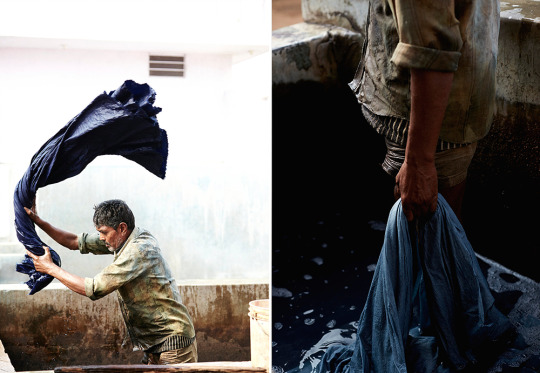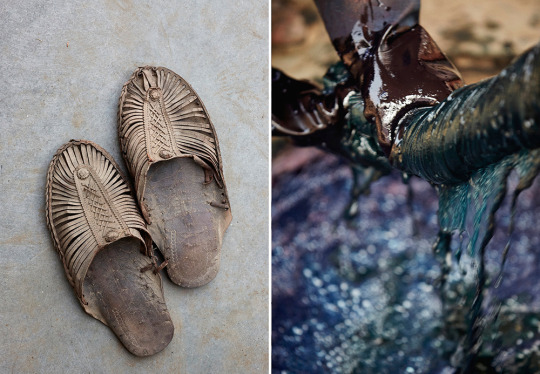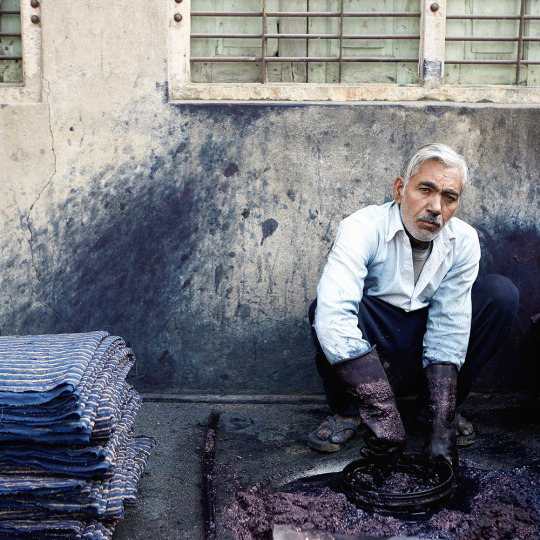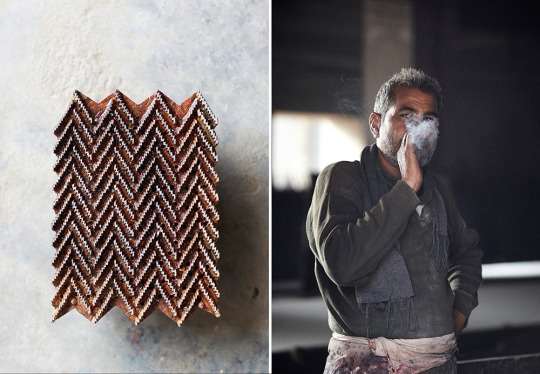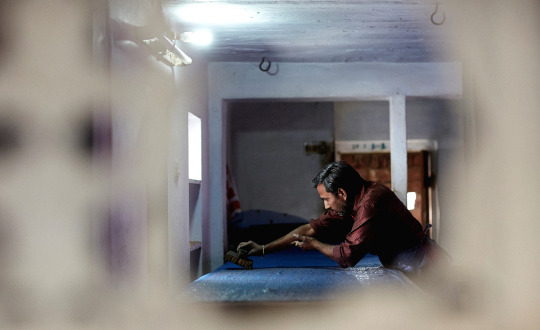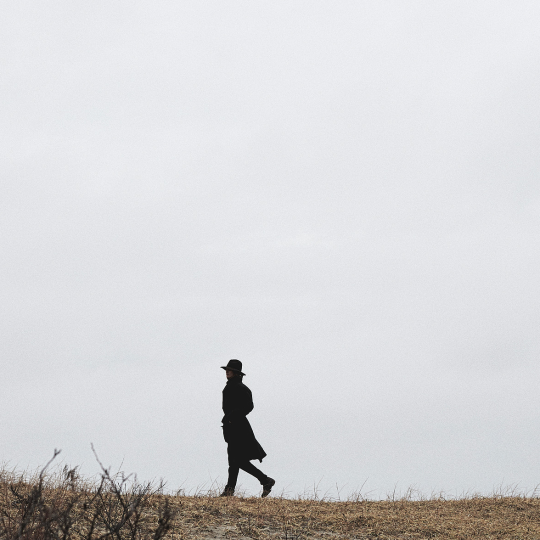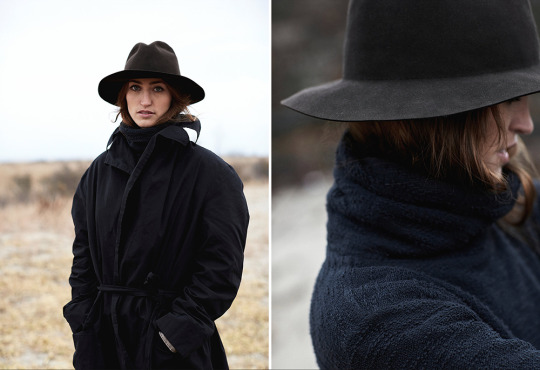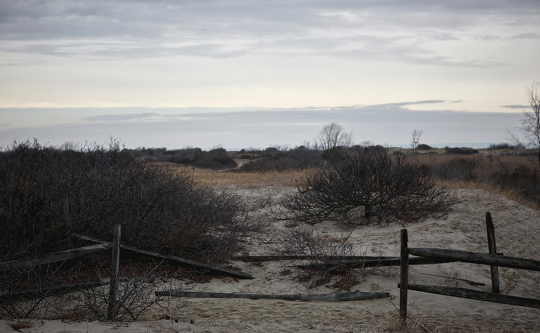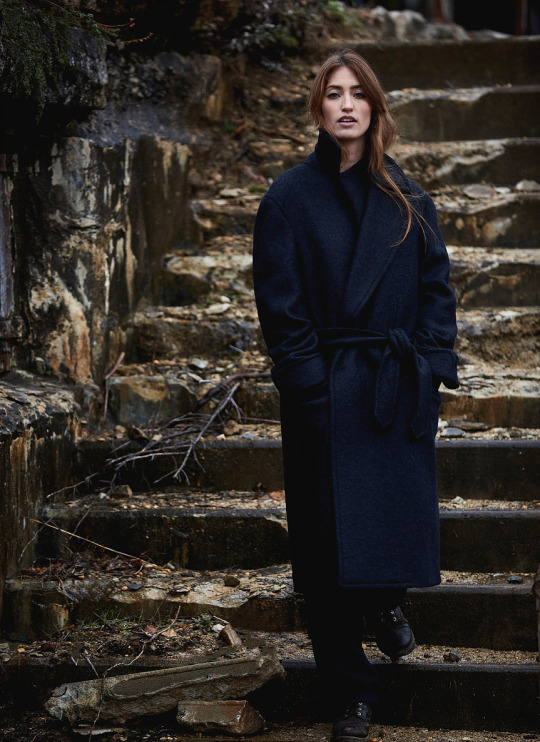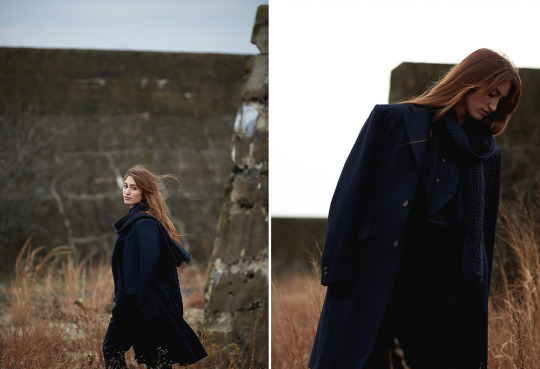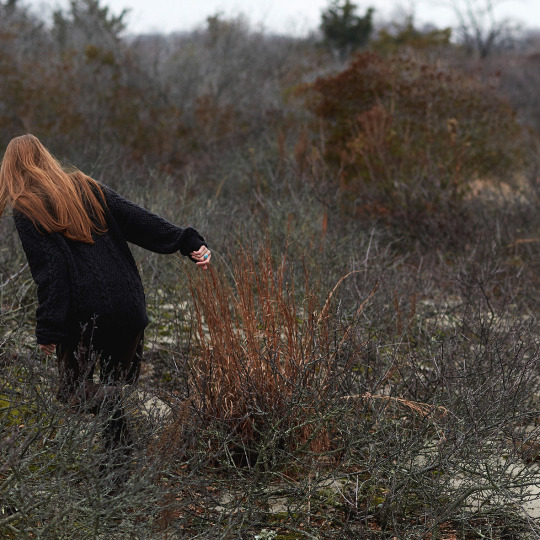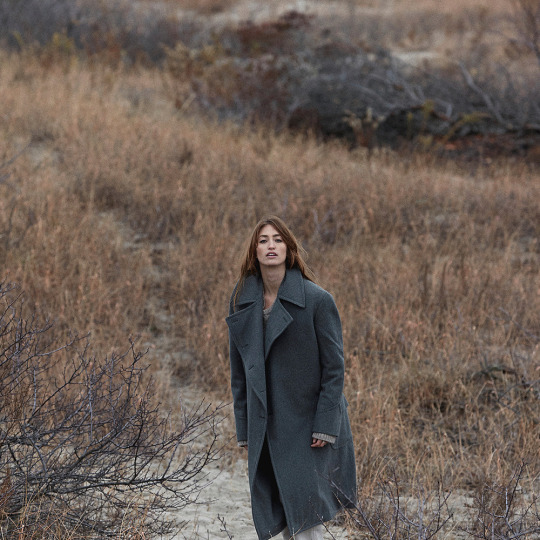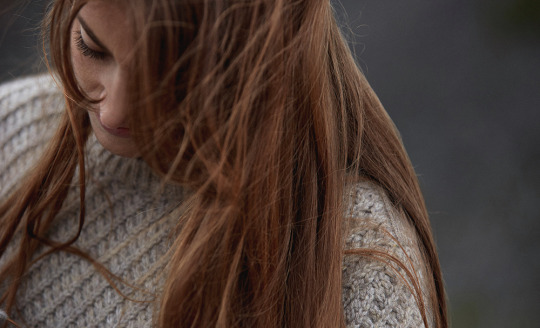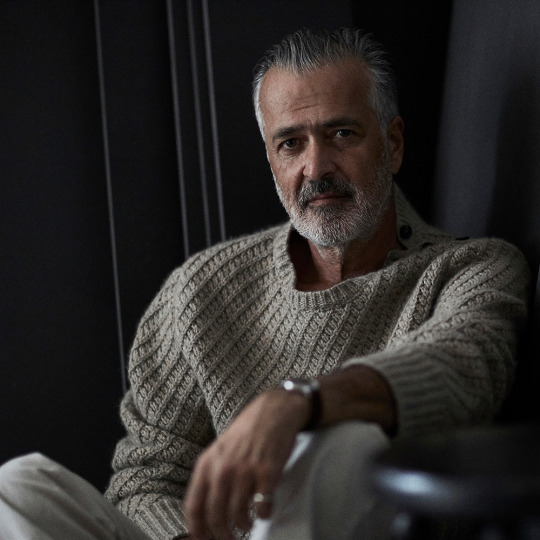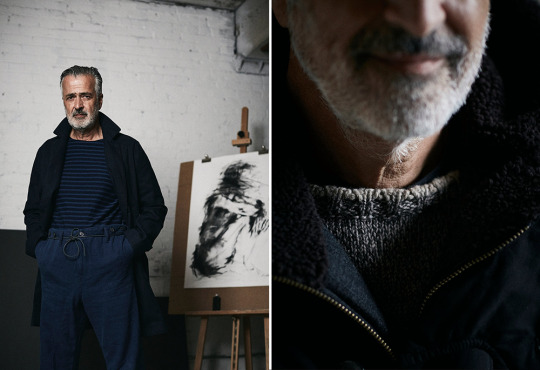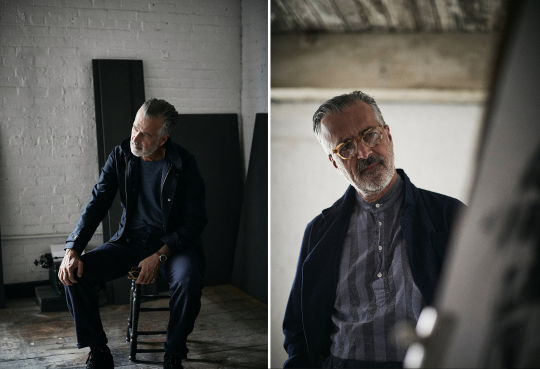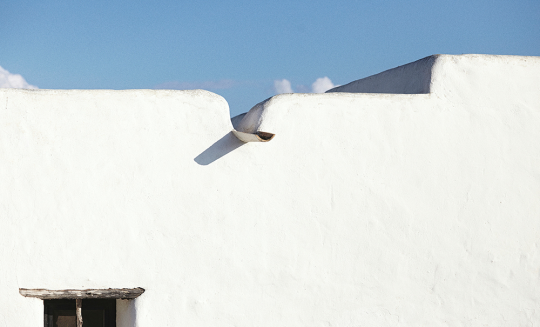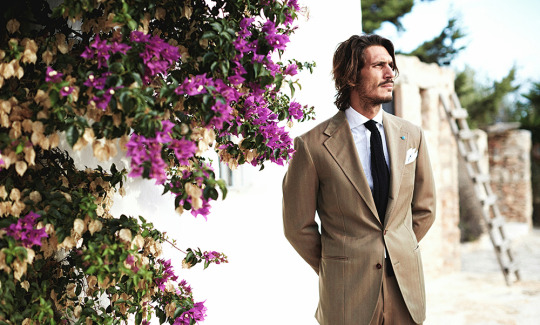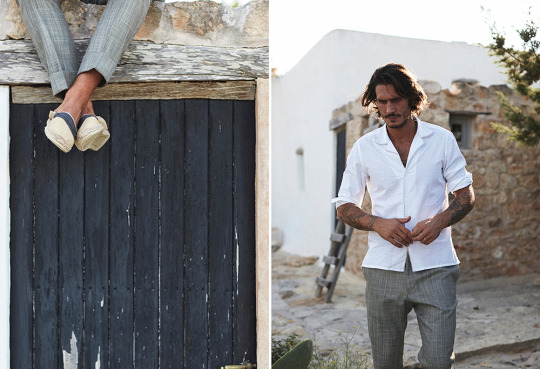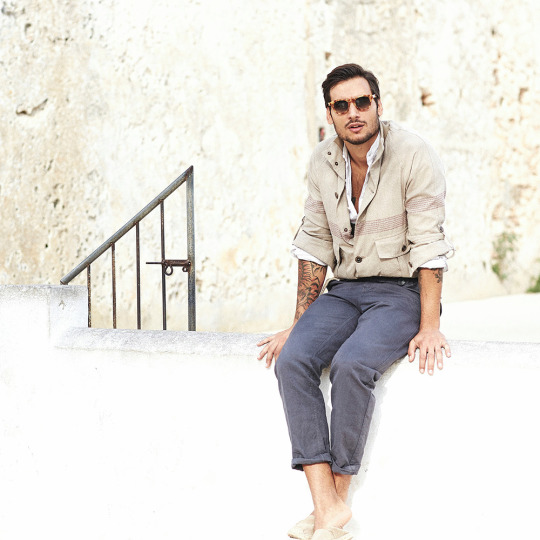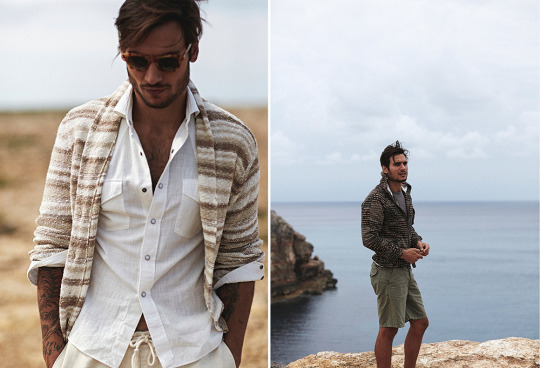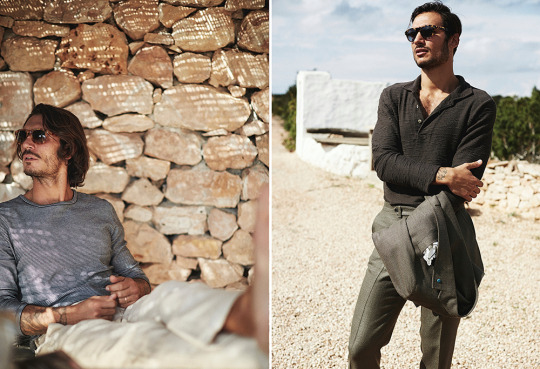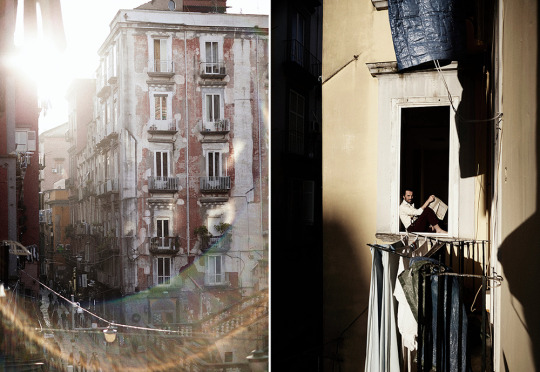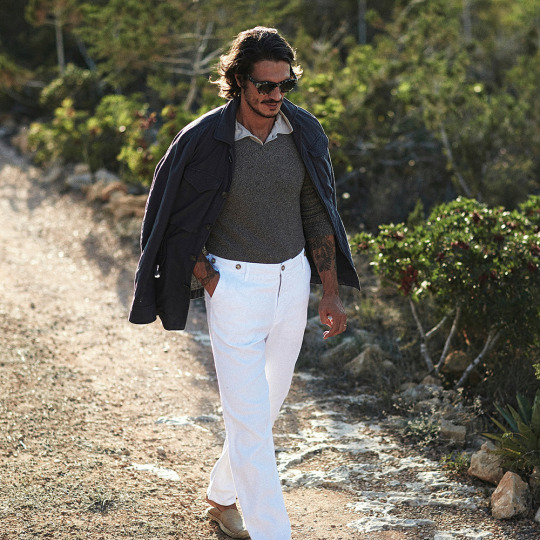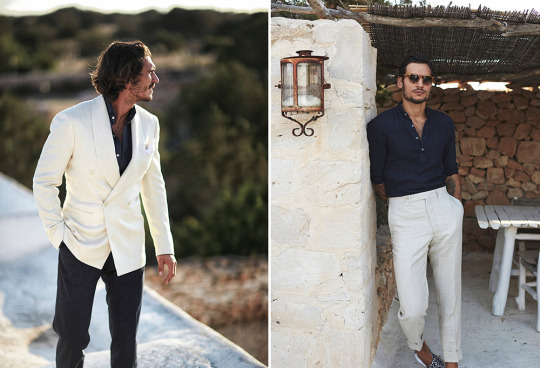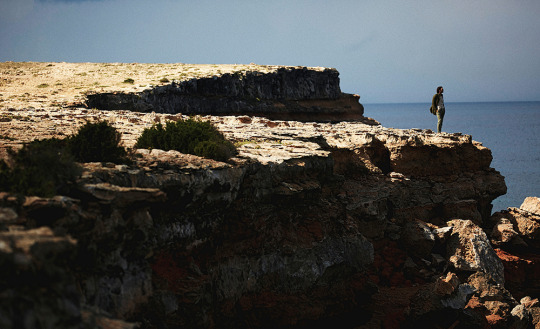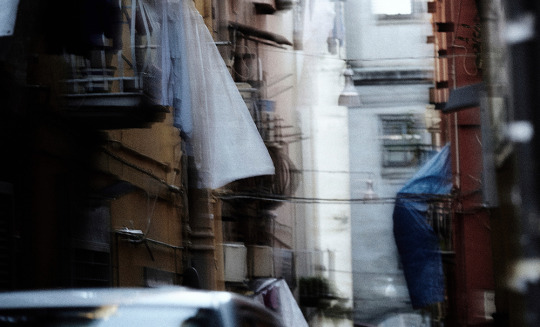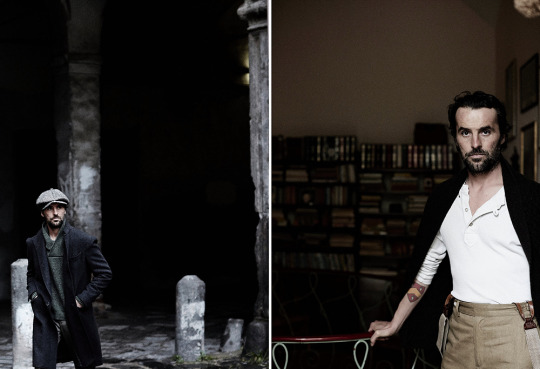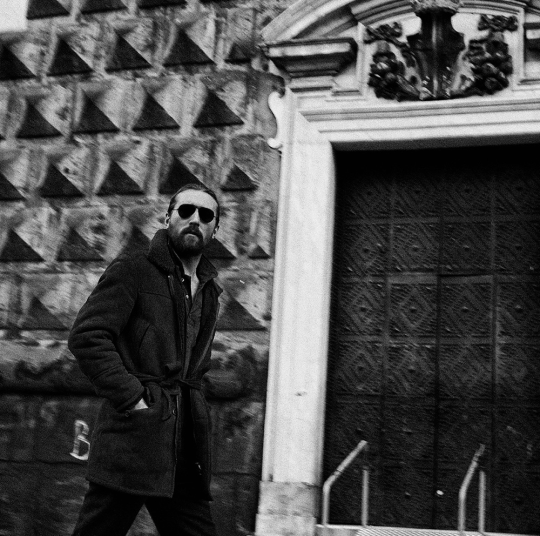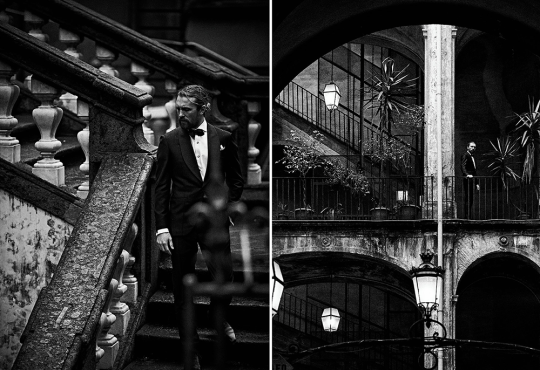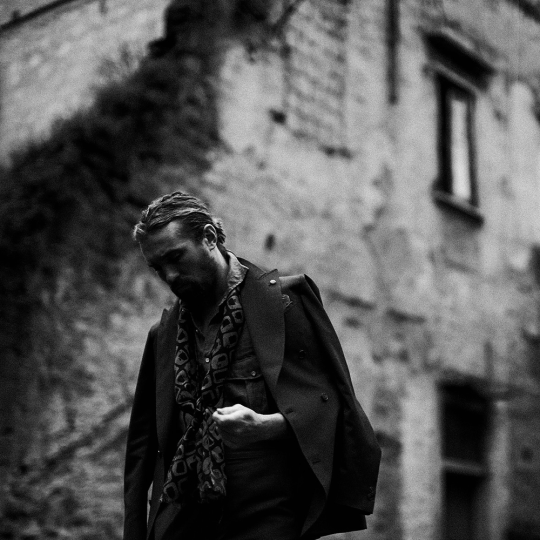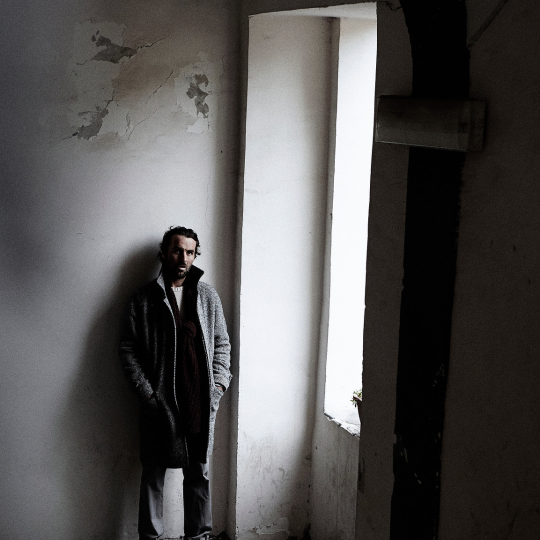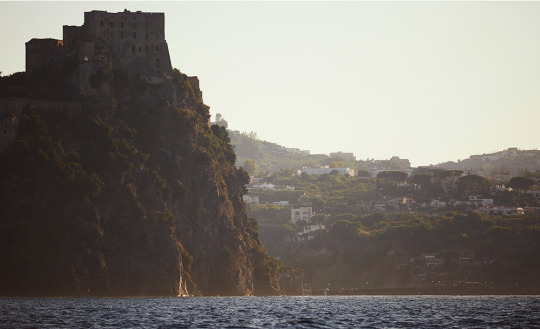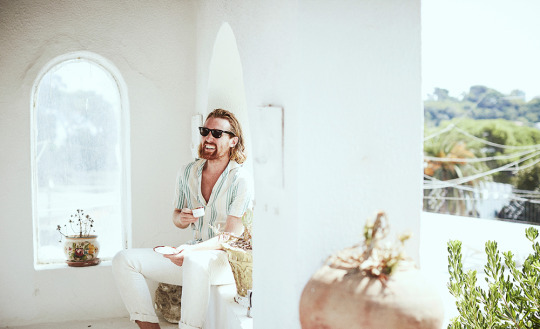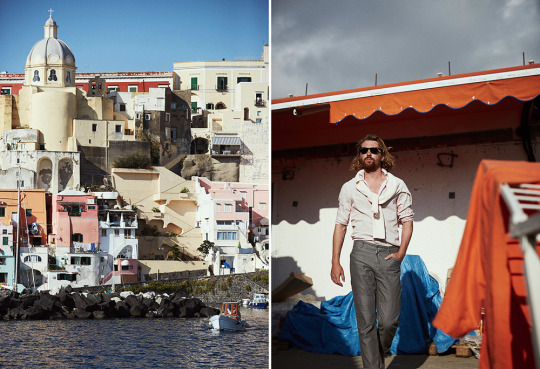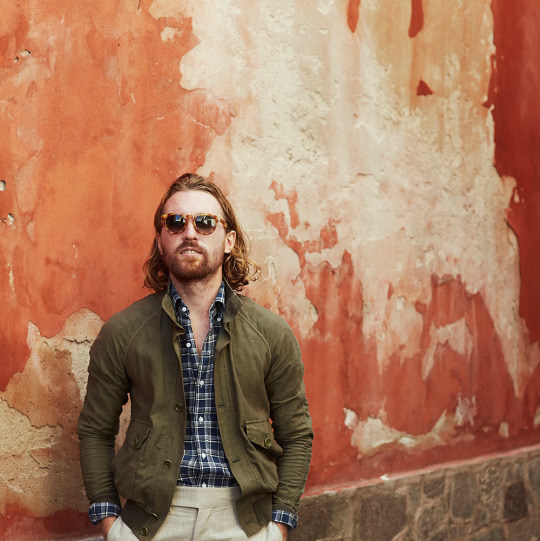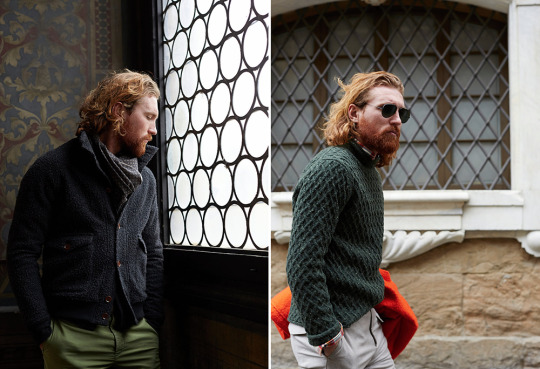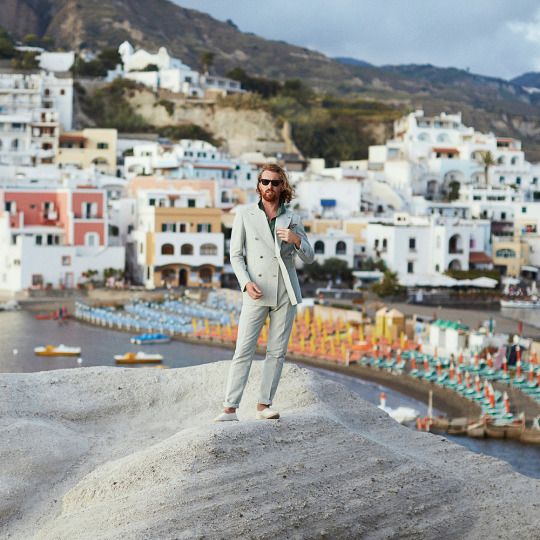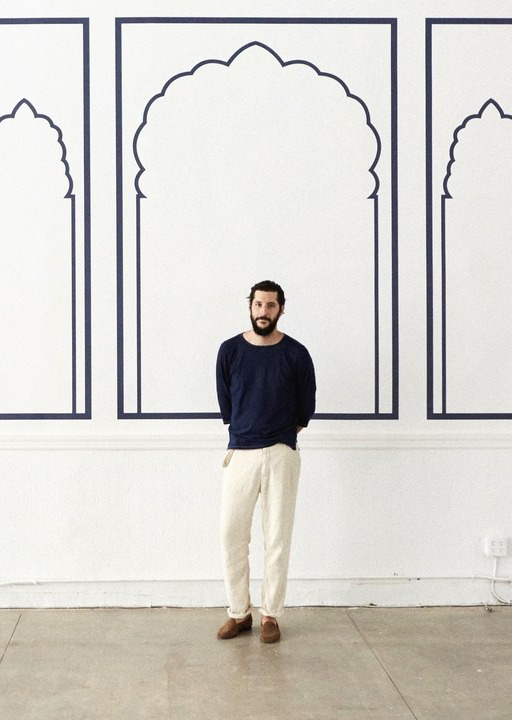
A couple of years ago, Wall Street Journal’s style editor Jacob Gallagher described the Italian menswear line Eidos as “something that only looks good on men who are as handsome as the brand’s designer, Antonio Ciongoli.” I admit, up until then, I had been thinking the same thing. And while Antonio always looked good in photos – wearing trim white jeans and citified bomber jackets – I’ve learned my lesson over the years in not modeling my wardrobe too closely after handsome Italian men I see online.
Last winter, however, while I was around downtown San Francisco, I decided to stop by Bloomingdale’s and check out the line. The clothes, to my surprise, were exceptionally wearable. The knits, based on old Aran classics, were updated with more interesting weaves and details. The polos were trim and cut with unusual collars, but they looked good when layered under a jacket. And then there was the outerwear, which was my favorite part of the collection. Slouchy, knee-length topcoats – one of which I later bought – paired just as easily over sport coats as they did with sneakers and jeans. You can see Mitchell Moss wearing a brown tweed one on his Instagram.
Part of this is about the editing process. In an amusing segment at Blamo! (a menswear podcast you should be following), Antonio said that he’s tried to make the line a lot simpler over the years:
If we’re doing a great job, everything is doing double- or triple-duty. And that’s where I think the collection has gotten a lot better. In the beginning, it was way harder to put together. I would see guys put things together and get super bummed [laughs]. So, it’s been simplified more than anything. You just try to make things easier for guys. It should all be a no brainer – the goal is to make the collection a no brainer.


For me, the new Eidos perfectly rides that line between being interesting and easy-to-wear. A lot of good casualwear these days can take a bit of familiarity with the brand’s universe. It takes a bit of knowhow to pull off niche lines such as Kapital, or even the more easily wearable Engineered Garments. Eidos, by contrast, is nearly idiot proof. Almost everything can be worn seamlessly with either tailored clothing or jeans, dress shoes or sneakers, button-downs or t-shirts. Everything is easily interchangeable – both within the line, as well as the sort of mall basics you can find at J. Crew (which, come on, everyone has in their closet).
Antonio says this editing has been about following his gut more. In the early days, as Eidos is a subsidiary of Isaia, Antonio tried to draw more obvious lines between the two brands – making Eidos something like Isaia’s younger brother. That meant offering things such as finely knit, quarter-zip sweaters and dressier cotton versions of five-pocket jeans (both of which seem to be staples of every Italian label). Those sat on the shelves at the end of the season, buried under similarly designed products from more established and better known brands.
We couldn’t give the stuff away. The thing about designing, you have to wait until the third season to get answers. That’s when stores can give you feedback on how the first season sold. And one of the things I found was, the stuff I included just to show a connection to Isaia – but didn’t really love – didn’t sell. The stuff I thought was cool and interesting, however, was the stuff that moved. So as the collection has developed, I’ve learned to just follow my instincts on what I think is right.
The things that do sell well? Eidos’ Ragosta field jacket, which is big enough to be layered over a sports coat, but can also be paired with chunky sweaters. The big bellow pockets help make the piece distinctive, and the collar is cut in a way that looks good when popped from the back. They also have belted, shawl collar cardigans, which Antonio finds draw guys in when he uses them for store displays. “It’s that kind of design – just interesting enough, but also navy,” he says. “A lot of guys wear polo shirts, but ours is made with a one-piece collar that you can’t easily find anywhere else. It’s about making things that are interesting, but not such as step out. I’ve been thinking a lot about how to build those details into our collection, so everything can be worn in multiple ways.”

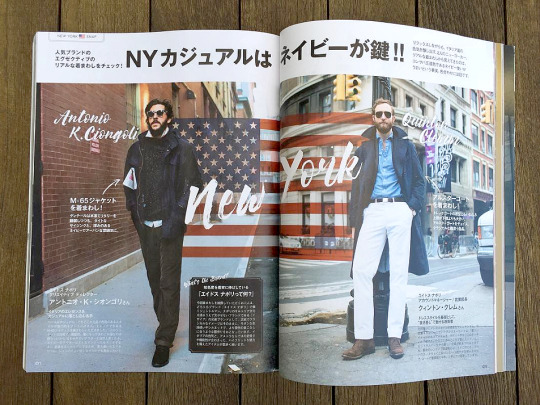
One of the interesting things about Antonio’s design process is how much of it is about art, and how much is about the practical limitations of working with factories.
On the one hand, as a sportswear designer who once did cut-and-sewn knits at RL Rugby, Antonio is trained in the old Ralph Lauren way of doing things. When it comes to designing clothes, RL alums often rely on a process called “rigging,” which is when designers “style out a room for mood and color, using vintage apparel and inspiration boards” (Todd Snyder explained it once at Valet). Antonio doesn’t use rigged rooms anymore, but he uses a person and a place as a starting point for every collection – the way Marni’s CEO, Gianni Castiglioni, wears suits, or Carlo Levi’s paintings, made when when he was writing his memoir, Christ Stopped at Eboli. Doing so, he says, gives the design process a sort of mental road map.
On the other hand, designing is also about the limitations at a factory – and every factory has limitations. Given that Eidos is an Isaia-owned brand, it also has to use Isaia-owned factories. And while you can get some beautiful needlework in Italy, the country isn’t as good in other things. “You can get a beautiful jacket in Italy. A beautiful shirt, a beautiful pair of trousers,” says Antonio. “It’s harder to make cut-and-sewn knits, rugged shirts, or jeans. It’s just not what they specialize in, so doing things is both harder and more expensive for certain products.”
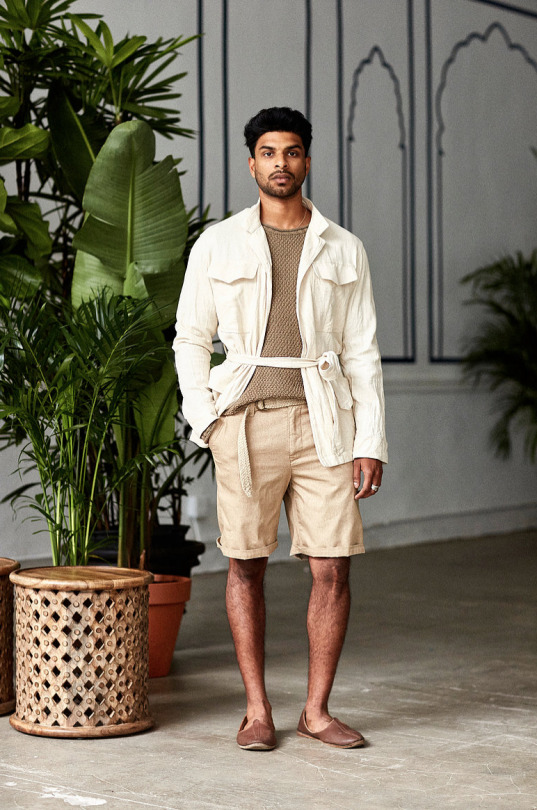
So, that means Antonio sometimes has to literally design around a factory’s capabilities. On a recent field jacket he made, the factory wasn’t very good at putting on the kind of buttons he liked … so he went with a buttonless, self-belted design (shown above). Similarly, when he wanted to make a work shirt with triple-needle seams on the sides and yoke, he got back a shirt sample with wavy stitching. “I couldn’t figure it out – why is the needlework so uneven? Turns out, they don’t have the kind of triple-needle sewing machines we have in the US, so they were sewing these single-needle with three passes. It makes the process more labor intensive, and the end product much more expensive, so we got rid of it.”
Interestingly, in his long career designing clothes, Antonio says one of the best factories he’s worked with is based in China. “I love hearing people talk about how brands such as Ralph Lauren are bad. It just shows they don’t know what real quality is when they say that. When I was there, the amount of time and energy that goes into making those pieces is incredible – almost nobody does that. And it’s made in China. It just comes back to the type of pieces you’re trying to make. In Italy, they don’t have chainstitching machines or triple needle sewing machines, or the equipment to treat fabrics in certain ways, so it can be hard to make certain kinds of sportswear.”
Antonio is getting a bit more freedom in sourcing. This coming season, Eidos has a collaboration with Vanson, a leather jacket maker based in Fall Rivers, Massachusetts. They have the kind of equipment necessary to work with heavier, thicker leathers, which Eidos used for some tough outerwear. As they say, “you go where the needle is good.”
This spring’s collection is mostly sold out everywhere, save for some remaining pieces here and there on discount. That said, you can find the coming fall/ winter collection in the next few months at a ton of stores, including No Man Walks Alone (an advertiser on this site), Mr. Porter, Unionmade, Meyvn, Barneys, Saks Fifth Avenue, Supply & Advise, and Bloomingdale’s. The thing I’m most excited about: Eidos’ looser cut pants, which are just experimental enough for a relatively conservative guy such as myself to try. Getting that balance in design – so you have something interesting, but also easy-to-wear – is something Eidos is doing really well these days.
(photos via Eidos, Mr. Porter, GQ, and Antonio’s Instagram)

